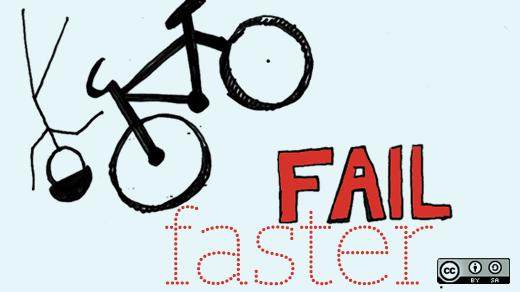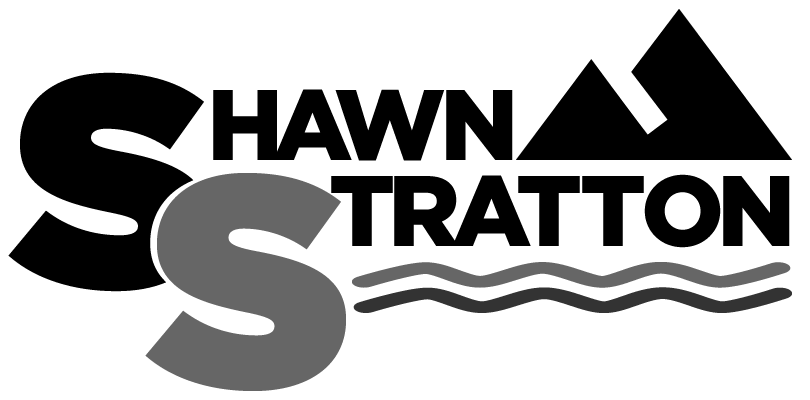





You are a Role Model for More Than You Think
As spring is taking shape here in Calgary, it’s great to see so many parents out riding their bike with their kids. The one thing that isn’t so nice and drives me crazy is seeing the kids wearing helmets but the parents’ riding next to them not wearing a helmet. I...

The Thrill of Achieving Personal Goals – Why I Run
Next week I will be running my second Boston Marathon, in lite of which I thought I would address the question I often get: why do you run? (Related – 2013 Boston Marathon Race Report) One of the most emotional moments I have ever had in achieving a goal was...

Who Needs A Coach? 15 Reasons Why Me and You Need a Coach
The older I get, the more I realize how little I know. Between my wife and me, we have 5 coaches in our life right now, focusing on areas of personal and professional development and that’s just the ones we pay. On the surface, it may sound like we are people whose...

What Google Team Building Research Revealed: Turns Out The Feelings Do Matter
A few years ago Google set up a research team to find out the elements that create high performing teams. What they found and the length of time it took to find it surprised them. For several years they studied over 150 teams working within Google. Many of the senior...

You’re Not the Boss of Me – 3 Ways to Lead without Authority
“When the best leader's work is done, the people say, 'We did it ourselves’.” Lao Tzu I had reached my limit with a team member. I had tried everything to integrate him into the team and become a productive team player. His disruptive behaviour had gone on for weeks...

8 Ways to Create Pride within a Team
When pride is present at work, it inspires individuals and teams to achieve more, communicate better, and build upon each other’s strengths. When it’s not present, it can get ugly, really ugly. Most successful teams carry a high level of pride to the work they do and...

How to Deal with a Team Member’s Weakness
You know what it is like to hide behind a weakness. We all have them and many of us try to hide them at all costs when you are trying to impress workplace leaders or perhaps just keep your job. Everyone on the team you are leading right now has plenty of weaknesses....

5 Ways to Address Poor Performers
The main reason poor performers persist within teams is their leaders are scared to talk to them about their performance concerns. You don’t want to hurt their feelings, get into an argument, or have them take revenge on you or the team. It can be an...

The Value of Your Unachieved Goals
As a leader, you set goals (at least I hope you do). If you are a really good leader, you write your goals down and perhaps tell a few people about them for accountability. But even the most outstanding leaders don’t achieve all their goals. So, then what happens to...

Why You Need to Fail Faster
Failing sucks! There is nothing fun about it and no one wants to be apart of it. But the sucking part of it doesn’t need to last and many times failure leads to the biggest and best breakthroughs. Admitting a mistake shows you are wiser than you once were, don’t be...


